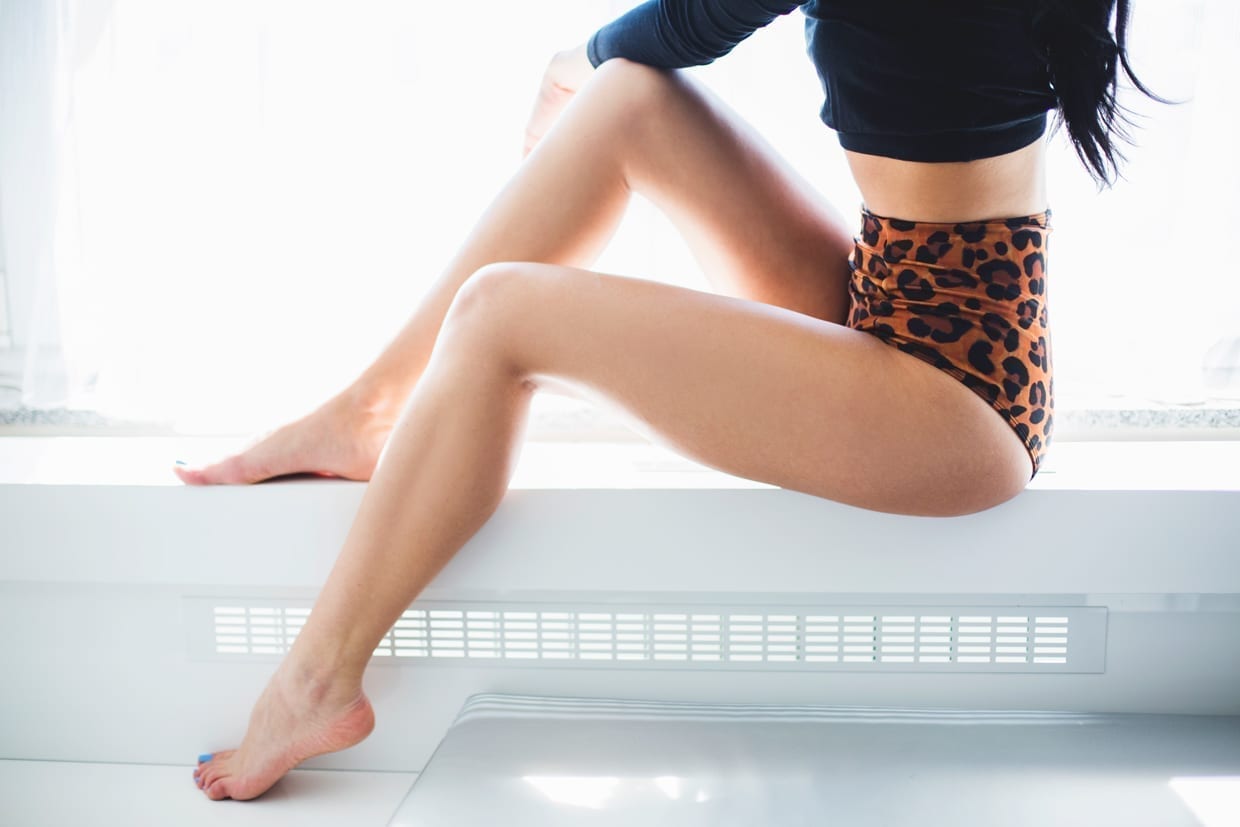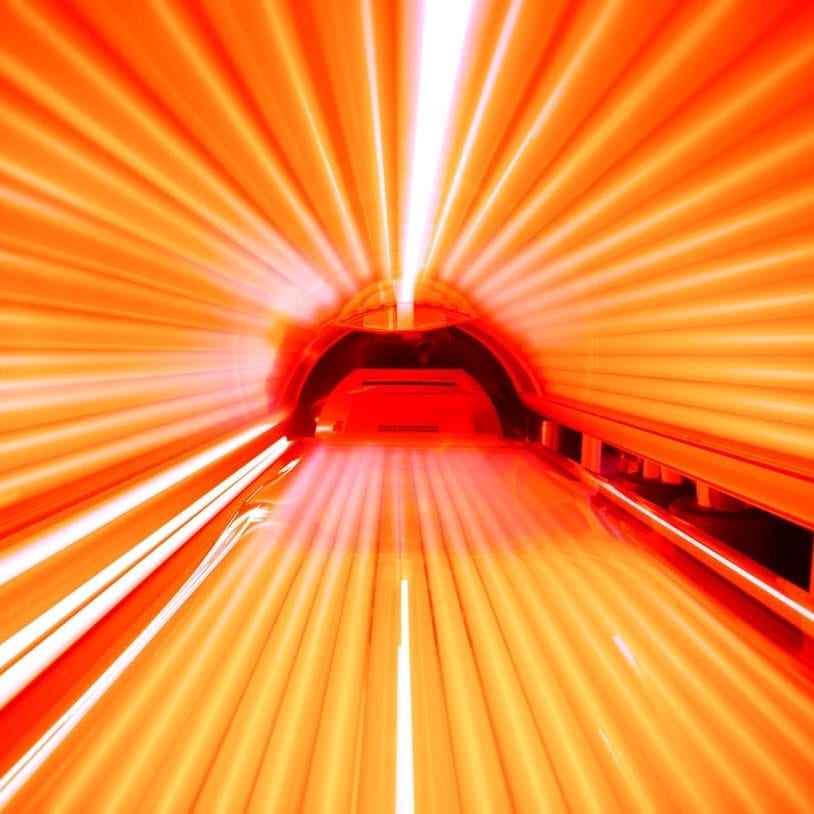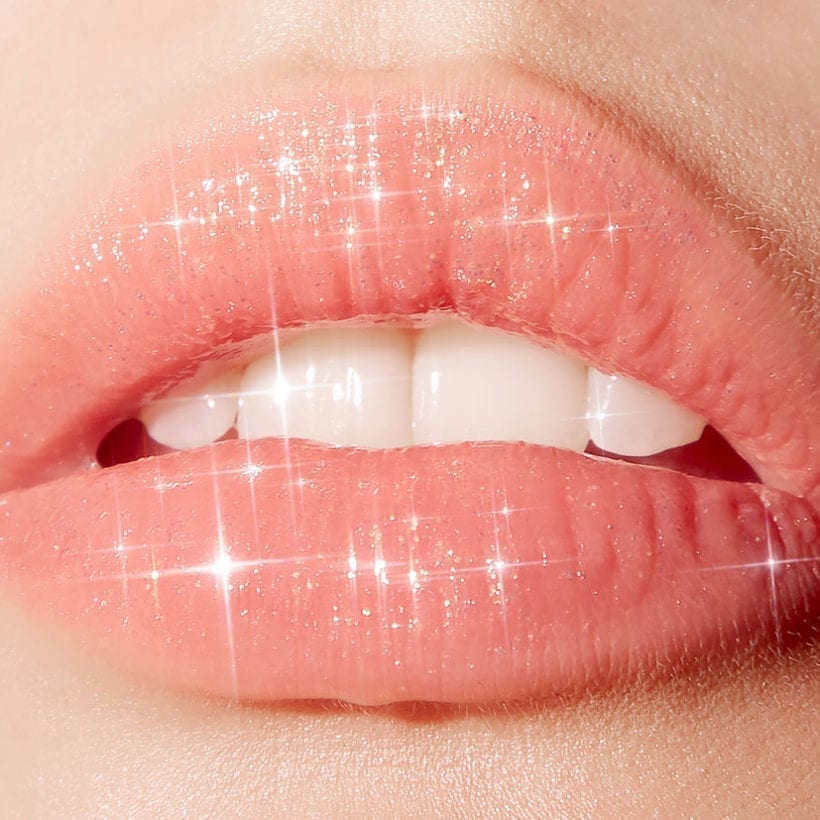“Every spring, the phones ring off the hook at my spa because people want to start laser hair removal to be smooth for summer. But, the truth is, the best time to start is the fall,” says Elena Duque, an esthetician and certified laser hair removal technician. According to Michael Hall, M.D., an aesthetic surgeon with a specialty in anti-aging and regenerative medicine, laser treatments take about six to eight sessions to see 85-90 percent hair reduction. Whether you are looking to thin your body hair and/or reduce the growth time significantly, laser hair removal can help you achieve both with just a few zaps. Laser hair removal is an in-office treatment that utilizes laser light to target (and destroy) the hair follicle. It does not require you to grow your hair for weeks — in fact, it requires the opposite: you are supposed to shave pre-treatment — and can actually reduce hair growth over time and with multiple sessions. For maintenance, Duque recommends “one or two sessions a year for a touch-up.”
“Sun exposure in between laser hair removal sessions is the leading cause of laser hair removal burns, even if you’re not beaching it every day. Driving, walking and simple day-to-day activities in the summer put you at risk because you’re most-likely wearing less clothing which exposes your skin to the sun,” she adds.
Sun exposure in between laser hair removal sessions is the leading cause of laser hair removal burns.
Laser hair removal on sun-exposed or spray-tanned skin can lead to burns because “lasers are attracted to pigment,” says Duque. “If you have dark [or] tanned skin, the laser will detect your dark hair AND your skin, resulting in a burn,” she adds, noting that you should wait to go in for treatment a week after receiving a spray tan or applying self-tanning lotion. For naturally dark skin, Hall recommends a Nd YAG laser since it “has no effect on the melanin in the skin based on the Fitzpatrick scale one through six — one being lightest, six being darkest are amenable to safe laser hair reduction.” The Nd YAG is a crystal that is used as a lasing medium for solid-state lasers [and] is the industry standard. This type of laser is “safe and effective, so providers use intense pulsed light (IPL) and those are just different frequencies of condensed light.”
On top of steering clear of the sun and faux tan pre-treatment, it is also important to avoid UV rays after treatment “because your skin is more sensitive and vulnerable to UV rays,” notes Duque. When exposed, “discoloration can most definitely occur as well as hypopigmentation, [which] is when the melanin is taken out of your skin, and it is irreversible.”
For those in warmer, sunnier climates that see extended summer weather, starting in the fall when you are less likely to participate in summer activities like the beach or pool is still ideal. However, Duque says you do not need to wait until winter finally shows up to get your laser on. “If I owned a spa in a warm-weather climate, I would most likely recommend starting anytime [at the end of summer], but still refraining from excessive/direct sun exposure when going about their day,” she remarks. Board-certified dermatologist, Kenneth Mark, M.D. also recommends “a high numbered broad-spectrum UVA [and] UVB sunscreen, preferably with zinc oxide” — as it is more effective at protecting from UVA and UVB rays — and covering up as much as possible. Hall says to reach for sunblock with at least SPF 30 or above. “In order to decrease the risk of post-inflammatory pigment alteration, patients should minimize sun exposure for at least three weeks pre and post-treatment,” he notes.
“Side effects of laser hair reduction with Nd YAG laser could be a burn, blister, skin irritation, mild redness and scarring, depending on the application of the laser itself and technique,” warns Hall. That said, “in the right hands, this rarely occurs and, typically, mild redness is the only after-effect.”
How many sessions does laser hair removal require?
As Duque mentioned, laser hair removal is not a one-and-done deal. In fact, it can take quite a few sessions to start to see results, which is another reason why the start time is an important consideration. “Underarms, face and bikini are hormonal areas and always need more sessions,” she notes, adding that the exact number of sessions depends on the person — their genetics, hair coarseness, hair growth cycle — and the laser machine being used. “We never know what hairs are in what stage,” says Duque. “Our goal is to get them while they are in the anagen (active stage) because in this stage they are attached to the follicle, which is what we want to destroy [with the laser],” she adds. “Each hair is in its own individual phase, so you can be doing a laser treatment and killing one hair in the anagen phase and not affecting the others next to it that are in the resting or transitional stages.”
https://www.instagram.com/p/B06g4qchbDs/
Hall prefers to call laser hair removal “laser hair reduction,” and notes that “the body wants to continue to grow hair as protection but that hair comes back much later and less dense.” “Cost is variable but typically to treat full bikini and underarms is around $1,800 to $2,000 for a total package of six treatments,” says Hall.
Does laser hair removal hurt?
“Lasers have come a long way and are virtually pain-free,” says Duque. If one should feel any sort of pain during a laser hair removal session, it often feels like a light snapping of a rubber band on the skin. To combat this, many lasers have a chilling feature (and some technicians also chill the skin), which “helps take the sting away,” says Mark.
For those worried about pain, Duque says you can take a Tylenol. However, she recommends consulting your physician first. And, as for numbing cream, she warns against it. “If we are using energy that’s too high, we may not see a reaction but the patient will feel it and communication is key here. So, if the patient is numbing the area, then we have a higher chance of burning them.”







